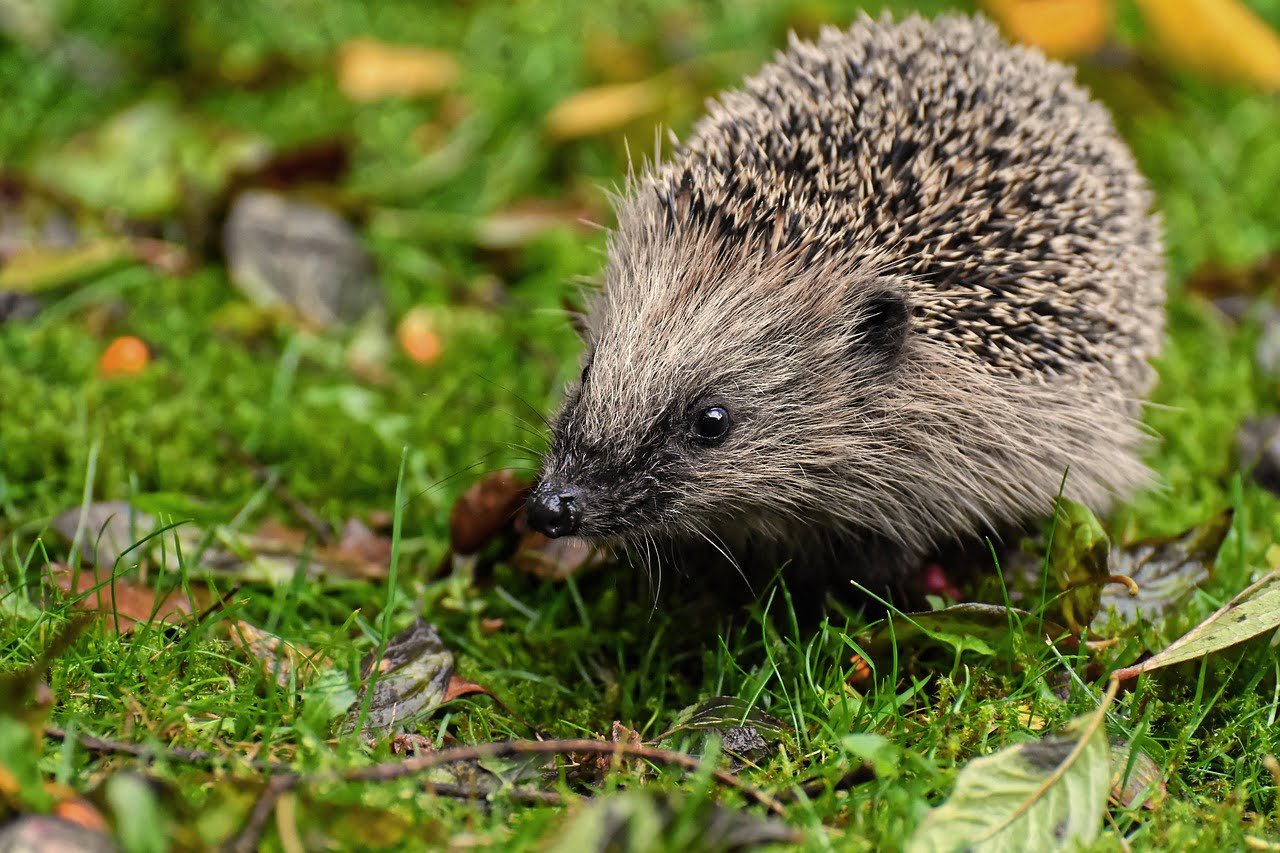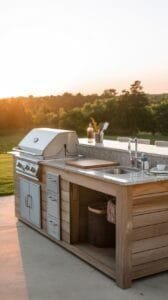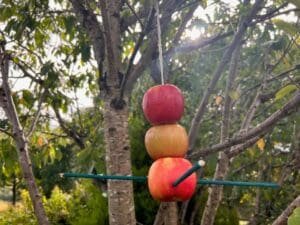Turning your garden into a wildlife sanctuary is an enriching experience, both for nature enthusiasts and the creatures it attracts.
By creating the right environment, you can transform your space into a haven for an array of creatures, from bees and butterflies to birds and hedgehogs.
Top Tip
Create a small water feature or pond, ensuring it has a shallow, ramped edge for safe access – this can attract a multitude of species from birds to frogs.
This post contains affiliate links which means we may make commission from any qualifying sales with no extra cost to yourself.
How to Attract Wildlife to Your Garden
- Introduce a Water Source
- Incorporate Wildlife-Friendly Flora
- Grow Trees and Hedges
- Supply a Food Source
- Build Habitats for Shelter
- Enable Easy Access
1. Introduce a Water Source
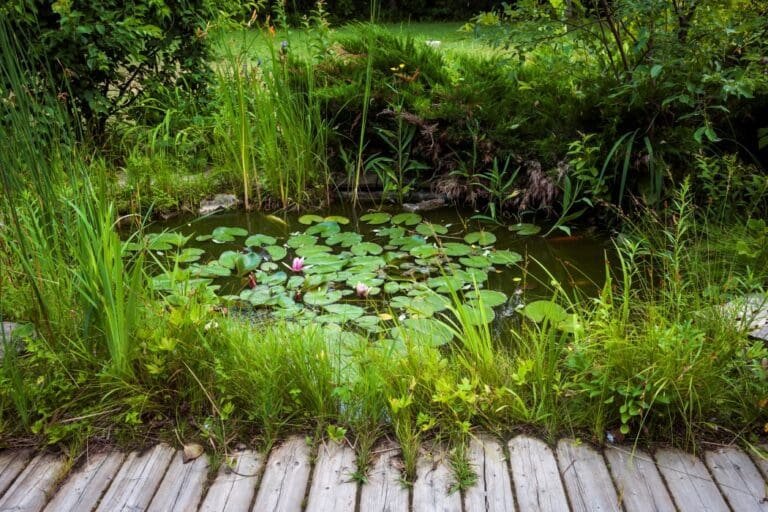
Water is a fundamental attraction for an assortment of wildlife. From attracting birds for a refreshing dip to enticing newts and frogs for breeding, water sources are a magnet for various creatures.
Ponds are ideal, but if space is tight, a container pond can serve the same purpose. Design it with a shallow edge and ramp to allow safe access. Bird baths, too, are excellent, particularly if they are raised and in a shady location. Ensure any water sources are kept clean and topped up to guarantee a consistent influx of wildlife visitors.
2. Incorporate Wildlife-Friendly Plants
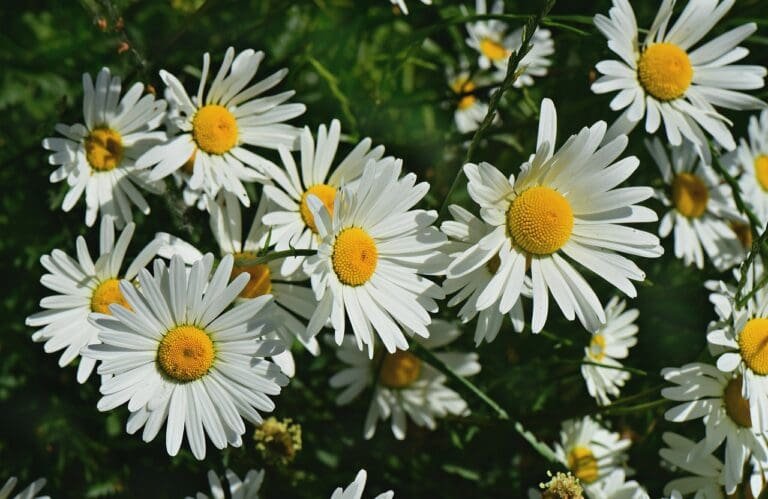
Planting specific flora can significantly enhance the number and diversity of insects and pollinators in your garden, indirectly attracting other wildlife. For bees and butterflies, consider plants like Lavender (Lavandula), Common Knapweed (Centaurea nigra), and Ox-eye Daisy (Leucanthemum vulgare).
Try to incorporate plants that flower at different times of the year for a year-round nectar supply.
Avoid excessive tidying of your garden during autumn and winter. Plants with seed heads and berries, such as Sunflower (Helianthus) and Hawthorn (Crataegus monogyna), provide a winter feast for various wildlife species.
Creating a wildflower meadow or planting wildflower pots like Field Poppy (Papaver rhoeas) and Cornflower (Centaurea cyanus) can significantly enhance biodiversity. Allowing sections of your lawn to grow out invites beetles, caterpillars, moths, and butterflies, which in turn attracts birds.
3. Grow Trees and Hedges
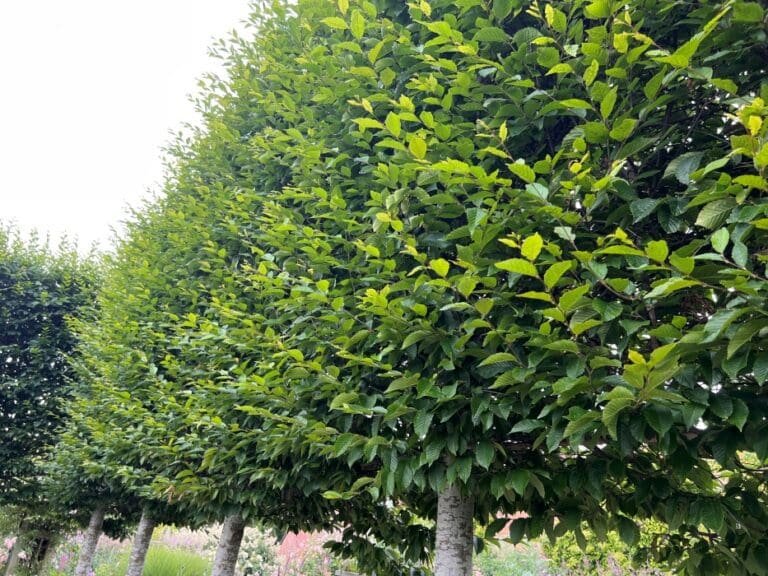
Trees and hedges are essential elements for your wildlife garden. They provide food, shelter, and nesting spots for a plethora of creatures.
Plant native trees like Oak (Quercus robur) and Silver Birch (Betula pendula), which are known to support a wide range of insects. Hedges such as Hawthorn or Hazel (Corylus avellana) can serve as protective corridors for birds and small mammals, offering shelter from predators and harsh weather.
4. Supply a Food Source
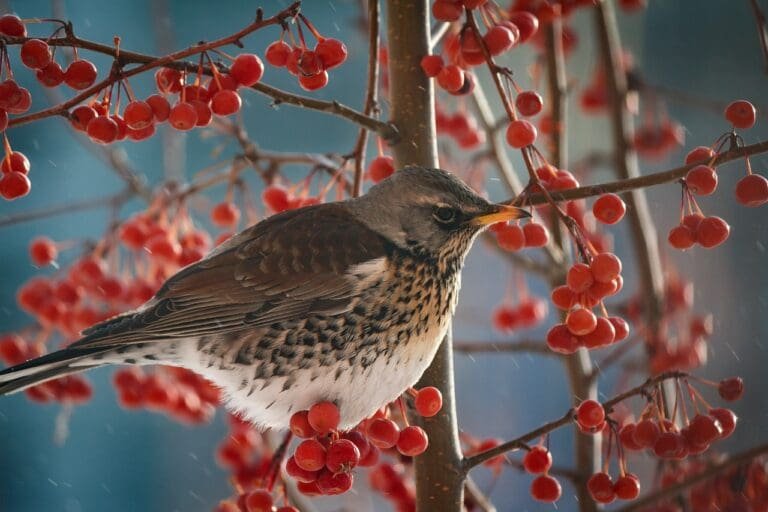
Creating a reliable food source can quickly attract wildlife to your garden. Bird feeders with different types of feed can attract a variety of bird species, especially during winter when food can be scarce.
Planting fruit trees like Crab Apple (Malus sylvestris) and Rowan (Sorbus aucuparia), or berry-bearing shrubs like Holly (Ilex aquifolium) and Elder (Sambucus nigra), can provide a natural larder for birds. However, it’s important not to overfeed wildlife as they can become over-reliant, which is detrimental to their survival skills.
5. Build Habitats for Shelter
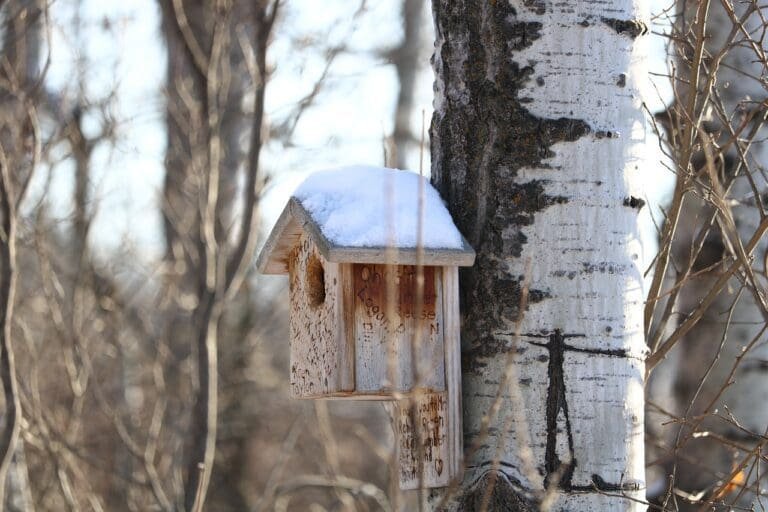
Transforming your garden into a multi-species sanctuary involves a bit more than just adding general food and water sources. It’s about creating the right habitats for specific types of wildlife. With a little knowledge of what different creatures need, you can establish specialized areas that draw in a diverse array of species.
Hedgehogs
A cosy hedgehog house tucked away in a quiet corner of the garden can make a world of difference to these endearing creatures. Hedgehog homes can be purchased or made from untreated wood and should be filled with leaves or straw to provide a comfortable nesting space. Remember to avoid disturbing the house once occupied.
Bats
Bats are natural pest controllers, consuming a large number of insects every night. To encourage bats to your garden, consider installing a bat box, which can be purchased or hand-made. Position it high on a tree or building, ideally with an open aspect but minimal lighting to avoid disturbing these nocturnal creatures.
Butterflies
Creating a butterfly garden is not only about providing nectar-rich flowers but also considering their entire lifecycle. Butterflies need host plants on which to lay their eggs, like the Nettle (Urtica dioica) for Red Admiral butterflies or Cuckoo Flower (Cardamine pratensis) for Orange-tip butterflies.
A log pile or a butterfly house can provide safe spots for overwintering butterflies and caterpillars.
Birds
Where To Put Your BirdfeederDifferent species of birds require different nesting environments. Sparrows and tits prefer boxes with small holes while robins and wrens like open-fronted boxes.
Nest boxes should be cleaned annually in late summer to remove parasites. Providing bird baths and feeders will also encourage them to make your garden their home.
Insects
Many insects prefer undisturbed places, so consider setting up a bug hotel or a simple log pile in your garden. Dead wood, leaves, twigs, straw, and hollow stems can all be used to create a multi-storey bug hotel, providing a refuge for ladybirds, spiders, woodlice, and other beneficial insects.
Amphibians
Frogs and newts need a pond for breeding but also appreciate other damp places to hide. A pile of stones or a log near a pond can provide the perfect hiding place. You can also dig a ‘toad hole’, a shallow pit filled with leaves, in a shady part of the garden.
By creating a variety of habitats for different animals, your garden can become a diverse wildlife community, offering fascinating insights into the natural world right on your doorstep.
6. Enable Easy Access
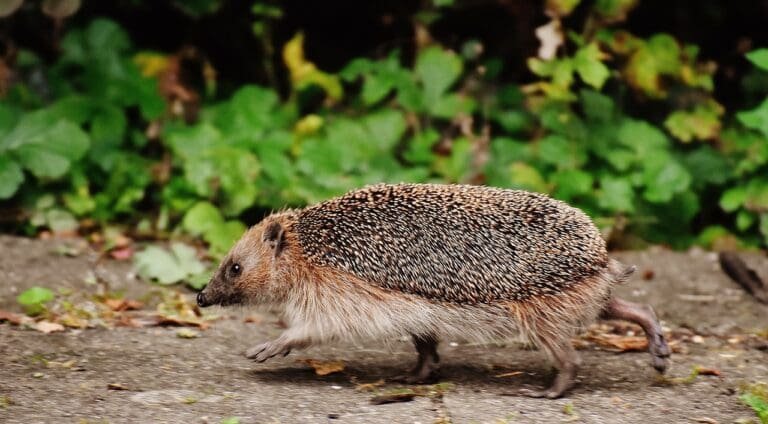
Wildlife-friendly gardens should ensure seamless access for creatures. Small gaps in fences or under garden gates can allow mammals like hedgehogs and amphibians like frogs and toads to move between gardens in their search for food and safe havens. The ideal size for these access points is about 15-20cm in diameter.
Adopting these six strategies can turn your garden into a bustling wildlife sanctuary, letting you observe and enjoy the beauty of nature right at home.
Gardening for Year-round Wildlife
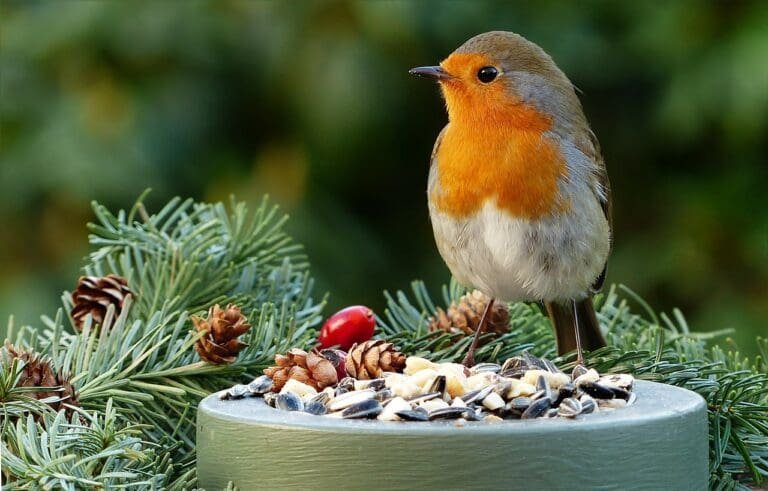
A truly wildlife-friendly garden is one that welcomes and sustains creatures throughout the entire year, providing them with the necessary resources during each season. Let’s delve into how you can adapt your garden to attract and support wildlife year-round.
Spring
Spring is a time of new beginnings in the animal kingdom. Birds start to nest, insects come out of hibernation, and mammals wake up from their winter slumber. Plant early-flowering species like Snowdrops (Galanthus nivalis), Crocuses (Crocus spp.), and Bluebells (Hyacinthoides non-scripta) to provide a nectar source for early pollinators. Putting up bird feeders and nesting boxes can also attract birds back to your garden.
Summer
Summer is when your garden can truly shine as a wildlife haven. Plant summer-blooming flowers such as Lavender (Lavandula), Cornflower (Centaurea cyanus), and Foxglove (Digitalis purpurea) to provide a rich nectar source for bees, butterflies, and other insects. Also, keep your bird baths and water features topped up, providing animals with a much-needed water source during hotter days.
Autumn
Autumn is the season of harvest. Trees and shrubs that bear fruit or berries, like Rowan (Sorbus aucuparia), Holly (Ilex aquifolium), and Blackthorn (Prunus spinosa), are invaluable to birds and mammals as they prepare for winter. Let your garden go a little wild in autumn: leave fallen leaves on the ground to provide shelter for insects and hibernating animals, and let your grass grow to offer hiding spots for small mammals.
Winter
Winter can be a tough time for wildlife, with food sources scarce and temperatures dropping. Evergreen plants, like Holly and Ivy (Hedera helix), provide shelter and food throughout the winter. Consider hanging fat balls and other high-energy foods in your bird feeders to help birds maintain their energy levels. Providing sheltered spots, like bird boxes, hedgehog homes, or a pile of logs, can offer creatures a safe spot to hunker down during the cold months.
By considering the needs of wildlife throughout the changing seasons, you can ensure that your garden is a year-round haven for a variety of creatures. This will not only benefit the local wildlife but will provide you with the joy and fascination of observing nature’s cycles right in your backyard.
Frequently Asked Questions
Q. Does feeding birds in my garden attract rats?
While bird feeders can potentially attract rats, you can reduce the likelihood by adopting a few good practices. Firstly, only put out as much bird food as can be eaten in a day to avoid leftover food that might attract rats overnight. Secondly, use bird feeders that catch dropped food and clean under feeding areas regularly. If you notice signs of rats, it’s best to temporarily stop feeding birds and seek advice from pest control experts.
Q. Why are birds not coming to my garden?
Several factors could be influencing this. Lack of shelter, food, and water can make your garden less attractive to birds. You may need to add more trees, shrubs or bird boxes for nesting and shelter. Also, a consistent supply of fresh water and different types of bird food can help attract a variety of species. It can take time for birds to discover these resources, so patience is key.
Q. How do you film wildlife in your garden at night?
Filming wildlife at night requires an infrared or night vision camera, which can capture images and videos in low light conditions. Many affordable wildlife cameras are available today with features like motion sensors, high-resolution imaging, and weatherproofing. Place your camera near active wildlife spots like bird feeders, water sources, or hedgehog houses for the best footage.
Q. Should I let my garden grow wild?
Allowing parts of your garden to grow wild can certainly benefit local wildlife, providing habitat and food resources for a variety of creatures. However, it’s all about balance. You can designate certain areas of your garden as ‘wild zones’, where native flowers, grasses, and shrubs can grow freely. Meanwhile, you can maintain other areas for traditional gardening, recreation, or aesthetic purposes.
Q. How do I attract hedgehogs to my garden?
Creating a friendly environment for hedgehogs involves providing food, shelter, and access. You can leave out cat or dog food, or special hedgehog food to attract them. A hedgehog house, log pile, or leaf pile can provide excellent shelter.
Ensure your garden has hedgehog-friendly access points by making small gaps at the bottom of your fences. And most importantly, ensure your garden is safe by checking for hedgehogs before strimming or mowing, and by keeping netting and litter to a minimum.

